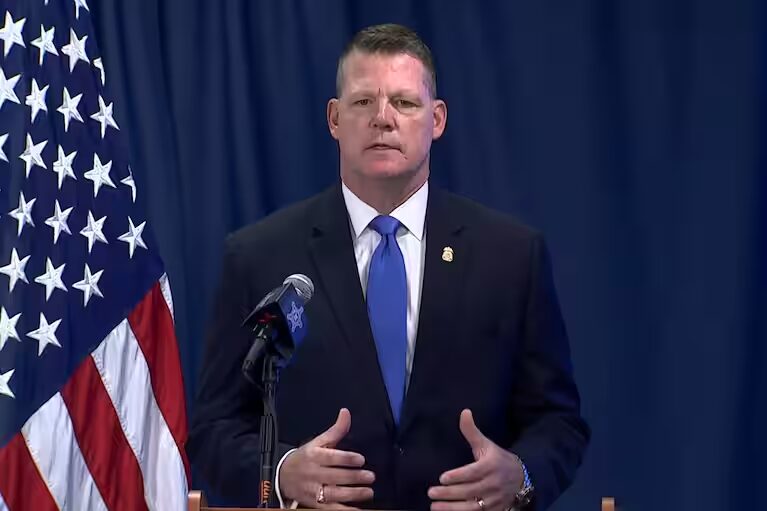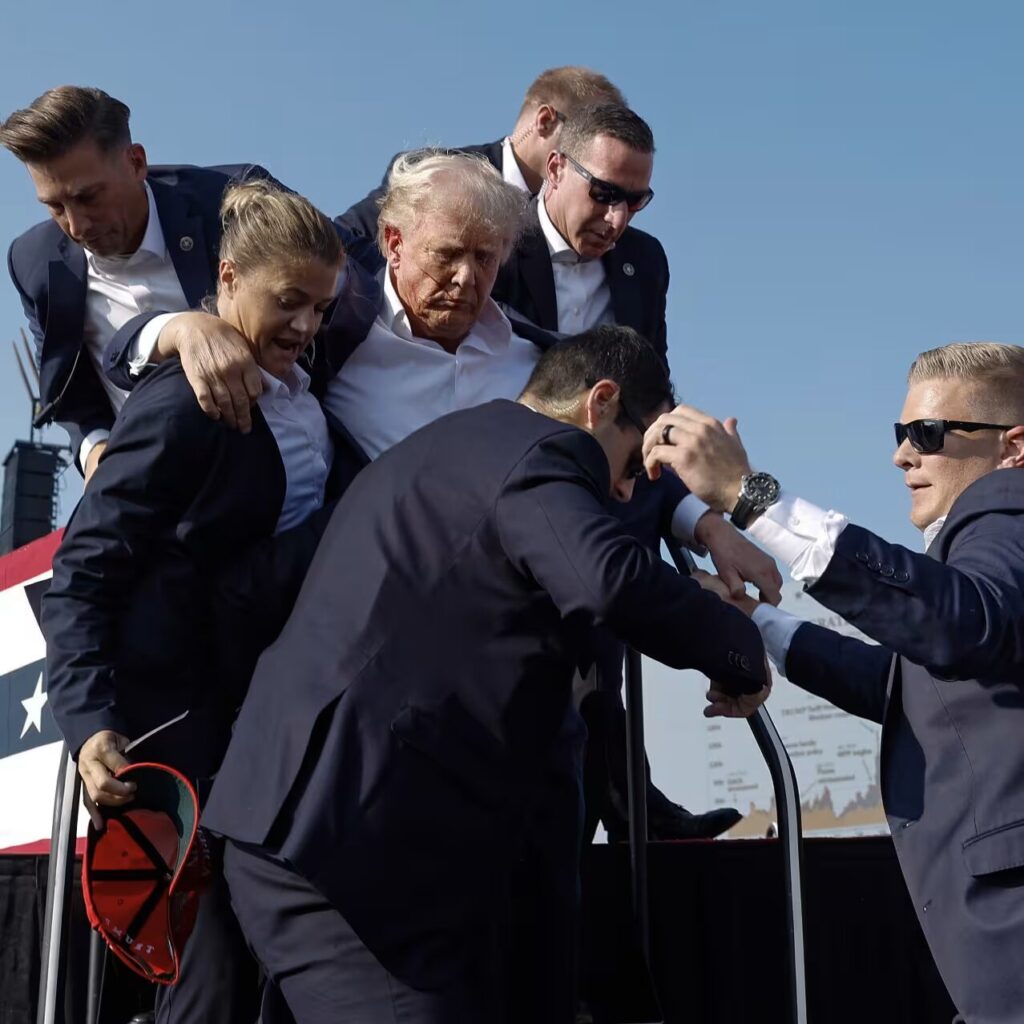
The acting head of the US Secret Service reported on Friday that the agency faced issues related to “complacency,” which contributed to a series of security failures leading up to the attempted assassination of Donald Trump during an election rally in Pennsylvania.
According to a recent report, communication failures with local law enforcement and insufficient diligence negatively impacted the Secret Service’s effectiveness prior to the July assassination attempt on the former US president. The report outlines numerous missed opportunities to prevent the gunman from firing from an unsecured roof.
Furthermore, Ronald Rowe Jr., the acting director of the Secret Service, indicated during a press conference on Friday that the complacency of certain agents led to a security breach.
On July 13, during an open-air rally in Butler, Pennsylvania, Trump sustained an injury when a bullet impacted his ear following gunfire from a shooter. A male individual in the vicinity was fatally injured while attempting to shield his family during a gunfire incident, resulting in additional injuries to others present.
Security personnel safeguarded Trump, as specialised marksmen, neutralised the assailant. Rowe identified it as a critical juncture in the history of the Secret Service, requiring a fundamental change in the operations of the overextended agency.
On the previous Sunday, an individual was observed aiming a firearm through a fence while Trump was engaged in a round of golf in proximity to his residence in Florida, thereby preventing a possible escalation of events. An agent discharged a weapon at the individual, who fled the scene but was subsequently captured after a vehicular pursuit.
On Friday, a five-page document outlining the key findings of the Secret Service report identified deficiencies in both local and federal law enforcement regarding the preparations and procedures for the rally in July.
While the unsuccessful reaction has been documented through congressional testimony, media investigations, and various public statements, the report stands as the Secret Service’s most organised effort to enumerate the errors of that day.

“It is essential that we take responsibility for the shortcomings observed on July 13 and apply the insights gained to prevent any recurrence of mission failure in the future,” Rowe stated in a release accompanying the findings of the agency’s internal investigation.
The evidence suggests that the CIA had prior knowledge of the security risks associated with the rally before the shooting occurred.
Among the issues identified was the lack of awareness among certain local police officers present at the scene regarding the existence of two communications centres on the premises. This oversight resulted in officers being uninformed that the Secret Service was not receiving their radio transmissions.
Law enforcement communicated essential information that extended beyond the radio frequency utilised by the Secret Service. The search for the gunman was hindered following reports of an individual on a roof adjacent to the rally’s stage.
The executive summary of the report refrains from identifying specific individuals who could be at fault; however, prior reporting by the Associated Press indicated that a minimum of five agents have been reassigned to modified duty. At the time, Kimberly Cheatle, who held the position of director, has stepped down from her role.